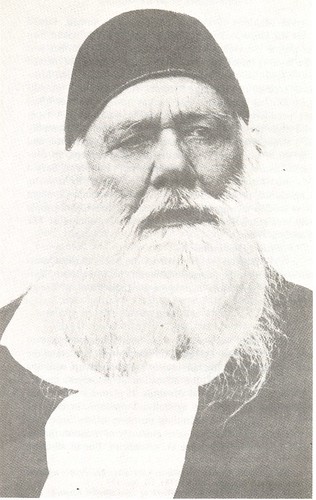By Kashif-ul-Huda, TwoCircles.net,
There are three myths about the Aligarh movement: it was simply a movement for education, Aligarh Muslim University IS the movement, and that the movement is long dead. Syed Ahmed Khan’s concerns, visions, and efforts for the Indian Muslims came to be later known as the Aligarh Movement but it was not simply a movement to make Muslims learn Western education or even the establishment of a university. It was a movement to give mission to a community that seemed to have lost its bearing in the fast-changing world, to prepare them for new challenges, and give them new tools to connect back to their religion and history. Incredibly, Muslims of India still face these issues and the need for Aligarh movement is still alive.
Rarely history offers such a sharp divide as in 1857 when medieval India came to a close and a modern India emerged from the ruins. Syed Ahmed understood the new power and new rules that will shape the future of India. British saw Muslims as a threat and a challenge to the British rule in India. They held Muslims responsible for the brutal 1857 war between British and Indian forces. In this situation Muslim centers of learning and culture in North India were uprooted or abandoned. At that time Syed Ahmad was in the employment of the British. He wrote “Asbab-e-baghawat-e-hind” (The Causes of the Indian Revolt) to show that events of 1857 was a result of British high-handedness in India and not a conspiracy by the Muslim feudal elites. It was an attempt to tell the rulers of India that we understand that you are here to stay but we want to be a partner in this new system.

Sir Syed Ahmed Khan
Modern or Western education was a tool for Syed Ahmed Khan to make sure that Muslims are playing their roles in the new world that was quickly shaping up in front of them. They had to be part of it or be swept off of their religious and cultural bearings in the new tide of modernism. Syed Ahmed Khan did indeed establish a college that eventually became Aligarh Muslim University (AMU) but it is wrong to think that it was his only contribution or his sole vision. He also started a scientific society, a magazine for social reform, wrote commentaries on Quran- all in his attempt to reform the Muslim society.
Muslims rightly believe that AMU is his greatest achievement but focus on this university comes at a cost. Aligarh movement has become synonymous with the AMU which meant that the movement has stagnated for the last few decades. Some individual efforts have been made by AMU alumni in establishing schools and giving scholarships. AMU alumni religiously observe Sir Syed Day dinner and annual mushaira but is this the best way to remember founder of this movement?
New AMU branches being established in Mallapuram and Murshidabad and a few more proposed in other places can be called extending Aligarh movement to new geographical regions. It is a welcome step but as long as Aligarh movement remains attached to the AMU it cannot reach its full potential. This movement starts with education but doesn’t end there.

Foundation stone of the Scientific Society. Society was set up in 1864 in Ghazipur.[Photo: AligarhMovement.com]
It is time to delink movement from the university at Aligarh. Delinking it will immediately open up the Aligarh movement to people who never went to AMU and may not have the same passion for the University as others. It will also mean that not all problems or issues of AMU will be something that this movement needs to respond to. Aligarh movement can continue to benefit from the intellectual capital that comes out of AMU and can tap into the amazingly wide-spread and resourceful network of AMU alumni. It will give a purpose and mission to thousands that graduate each year from AMU and a platform for millions of educated Muslims to contribute back to their community in a much more organized and planned way.
Envision an Aligarh movement that inspires our students to go in colonies, small-towns, and villages and make our young and old literate; our graduates to devote their time to find solutions to our problems; and our educated and professionals to give time and money to invest in community projects and articulate community issues and aspirations to people in the larger society and to the world. This will be a community that will have the confidence to face its challenges and come up with resources to help chart a new path that will make hundreds of universities and thousands of colleges in its wake but its greatest contribution is making of a Muslim who is equally aware and proud of his or her Indian and Muslim heritage.
—
Closer Look is a monthly column by TwoCircles.net editor Kashif-ul-Huda. For publication permissions please contact [email protected]
